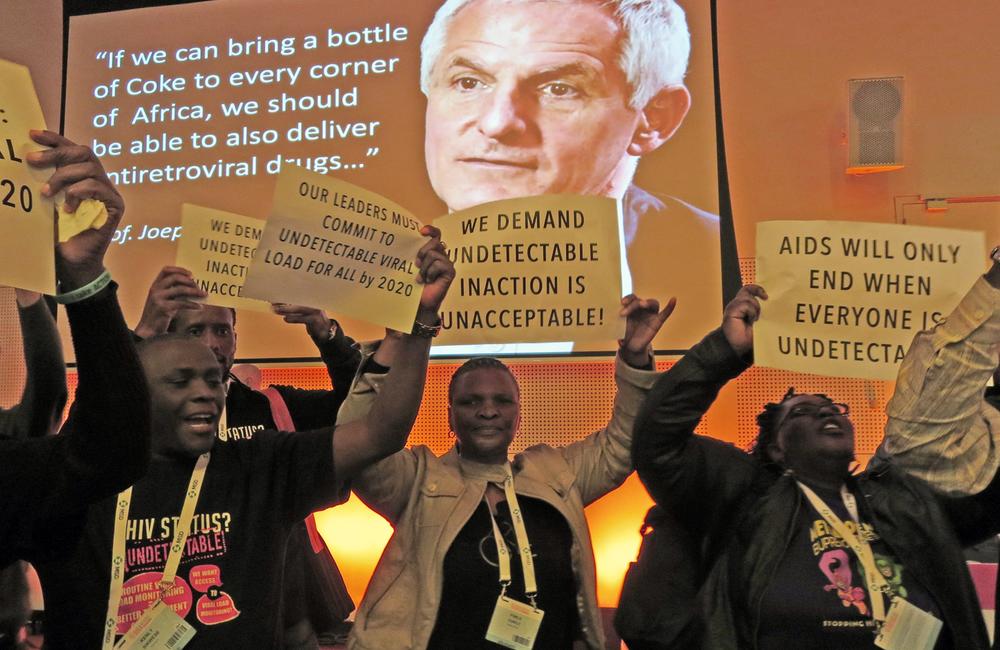
The 20th International AIDS Conference (AIDS 2014) opened in Melbourne, Australia, on Sunday evening overshadowed by the deaths of 298 passengers aboard Malaysian Airlines flight MH17. Six delegates on their way to the conference were amongst those killed, including Professor Joep Lange, a former President of the International AIDS Society.
A one-minute global moment of remembrance was held in honour of the delegates who lost their lives at the beginning of the opening ceremony with eleven former, present and future Presidents of the International AIDS Society onstage together with representatives from those organisations who lost colleagues, the World Health Organization, AIDS Fonds, Stop AIDS Now, The Female Health Company, the Amsterdam Institute for Global Health and Development and members of the Dutch HIV research community.
“The extent of the loss of our colleagues and friends is still hard for me to comprehend or express”. Professor Françoise Barré-Sinoussi
Professor Françoise Barré-Sinoussi, the current President of the International AIDS Society, told delegates, “The extent of the loss of our colleagues and friends is still hard for me to comprehend or express”.
Numerous tributes to Professor Joep Lange’s three-decade career in HIV medicine and advocacy have emphasised his central role in pioneering access to affordable combination antiretroviral therapy in lower-income countries. Professor Lange was also an early advocate for the necessity of using triple regimens of antiretroviral drugs from different classes in order to control HIV replication effectively.
Joep Lange “has always told us to keep our eye on the ball and to pursue the end of the AIDS pandemic," said Anthony Fauci, Director of NIH’s National Institute of Allergy and Infectious Diseases (NIAID) in a video statement.
In his plenary address, UNAIDS Executive Director Michel Sidibé told delegates that the UN was committed to ending AIDS by 2030 and at a UNAIDS satellite meeting he made it clear what this meant: 90% of people with HIV diagnosed, 90% of diagnosed people on treatment and 90% of those on treatment with undetectable viral load by 2020. If this goal could be achieved, says UNAIDS, 73% of people living with HIV will have fully suppressed viral load by 2020, greatly reducing HIV transmission and substantially reducing deaths from AIDS. This target would require greatly increased treatment coverage: worldwide approximately 37% of people living with HIV are receiving treatment but coverage varies widely between countries.
Reflecting the conference theme of 'Stepping up the pace', activists at the conference pressed for undetectable viral load for all by 2020 and called for action to ensure that viral load testing and antiretroviral treatment are fully funded.
“Now, more than ever, we must concentrate our limited resources on where most infections occur and on where most people die,” said Sidibé. “The world needs a new “catch-up” plan for the 15 countries that account for 75% of new HIV infections.”
The conference will also feature a new emphasis on key populations – men who have sex with men, sex workers, people who inject drugs, transgender women – who have a heightened vulnerability to HIV infection but also suffer from discrimination and criminalisation. The World Health Organization recently issued new guidance on HIV prevention, diagnosis, treatment and care for key populations.
Video
A video of the opening session is available on the conference YouTube channel.
